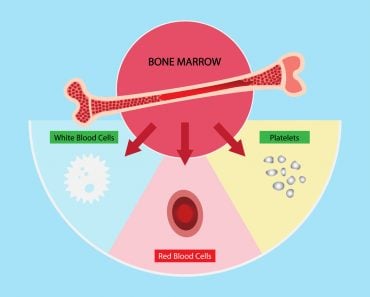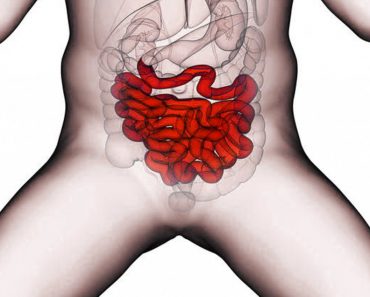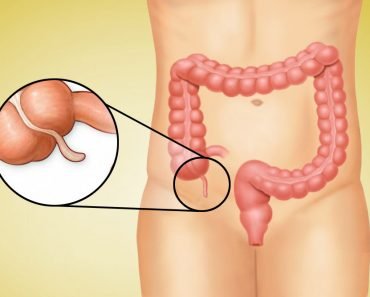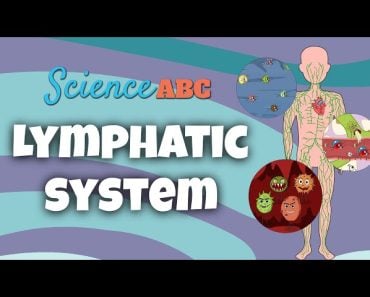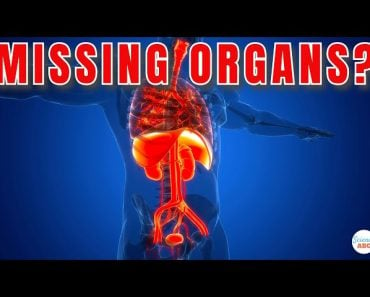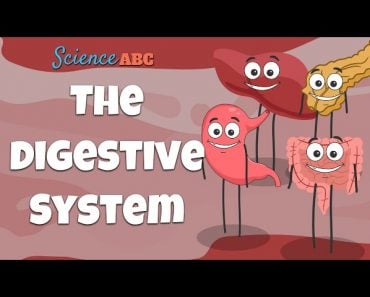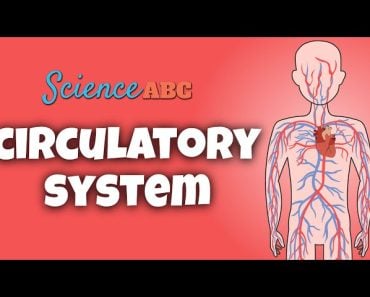Table of Contents (click to expand)
A fetus can’t eat, drink, or breathe, so how does it develop and survive? Primarily, the uterus contains the placenta and the amniotic fluid to help feed the fetus.
If you think about it, all of us have kicked a pregnant woman at some point in our life… clearly, I’m talking about the time before you were born! You were just a mass of dividing cells, cushioned in the warm fluid of someone else’s body. Being a fetus is pretty much everyone’s dream existence—having all your needs met while sleeping peacefully. Must be blissful, right?
However, have you ever wondered how a fetus survives in the womb? As a fetus, you couldn’t eat, drink or breathe air, so how exactly were your needs met?
Let’s find the answer!
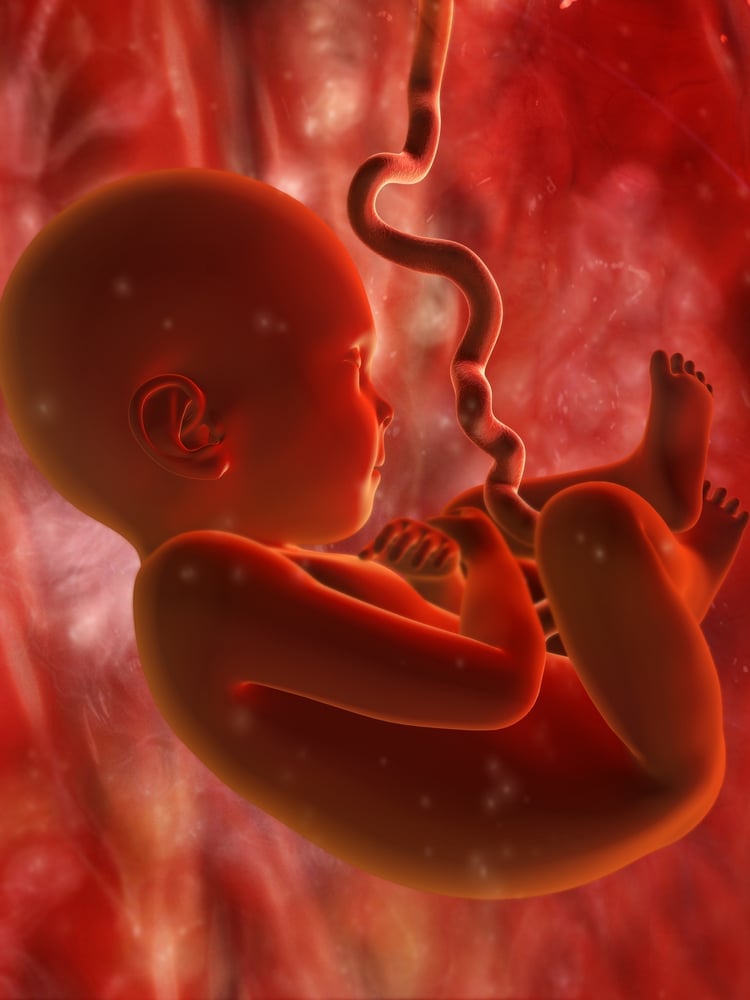
Recommended Video for you:
How Does A Fetus Breathe And Eat?
You and I breathe through our lungs—a pair of sponge-like organs that can expand and contract. However, fetal lungs are solid, and incapable of functioning like the regular lungs of an adult.
Similarly, adults have kidneys and a liver to get rid of harmful metabolic waste. Guess what? These organs are also not fully developed in a fetus. And lest we forget, the fetus needs nourishment, and as you might have guessed by now, they can’t consume regular food.
The fetus gets all these essential needs taken care of by a very unique structure called the placenta.
A growing fetus is present in a hollow organ called the uterus, which can expand in size, just like a balloon. Thus, the uterus continues expanding as the fetus grows inside.
During pregnancy, a temporary tissue called the placenta develops inside the uterus, and is attached to the uterine wall. A rope-like structure called the umbilical cord connects the placenta to the fetus. Thus, the fetus is anchored by the umbilical cord, which in turn connects it to the placenta.
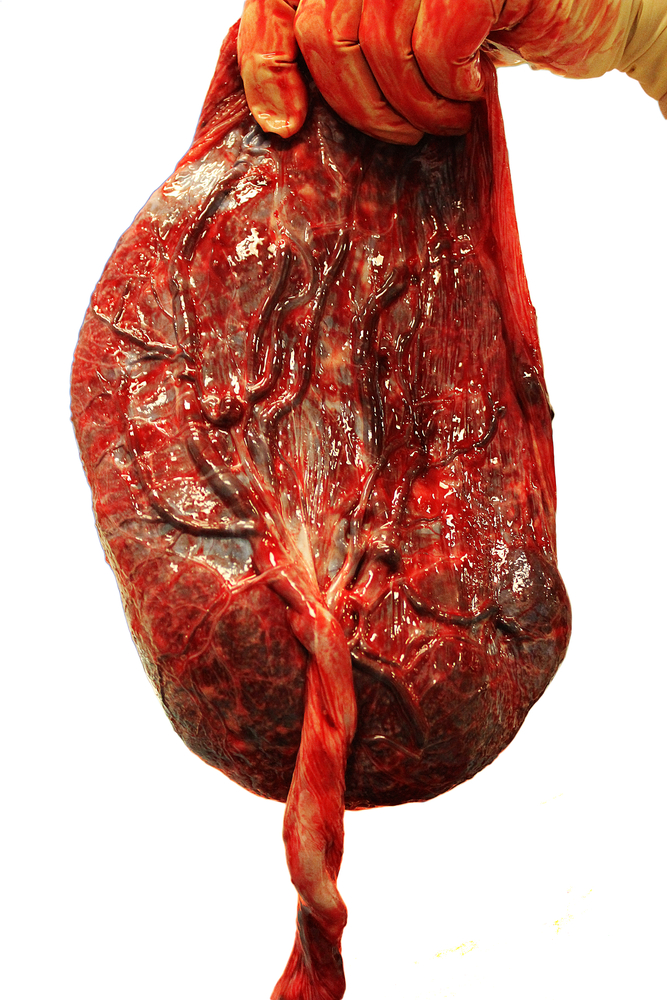
Main Functions Of The Placenta
The placenta performs an array of functions for the developing fetus. First and foremost, it provides oxygen and nutrients from the mother’s bloodstream. Conversely, it also removes carbon dioxide and other harmful metabolic waste from the fetus. This is delivered by the umbilical cord, which has separate channels (i.e., blood vessels) for the two separate functions. This ensures no intermixing between the nutrients and the waste.
The umbilical cord is like a two-way road performing dual functions of providing nutrients/oxygen and removing waste, with a divider in between.
This means that the mother eats and breathes on behalf of the fetus. Then, the placenta and umbilical cord transfer the nutrients and oxygen from her to the fetus.
Thus, the placenta acts as a source, while the umbilical cord is a channel. Together, they are essential to keep the fetus alive and thriving inside the womb. Throughout the course of pregnancy, the placenta grows right along with the fetus. It gradually becomes more vascular, i.e., develops more blood vessels to help with the faster and more effective transfer of oxygen and nutrients. It develops leaf-like projections, called villi, which increase the surface area for the exchange in order to accommodate the increasing demands of the fetus.
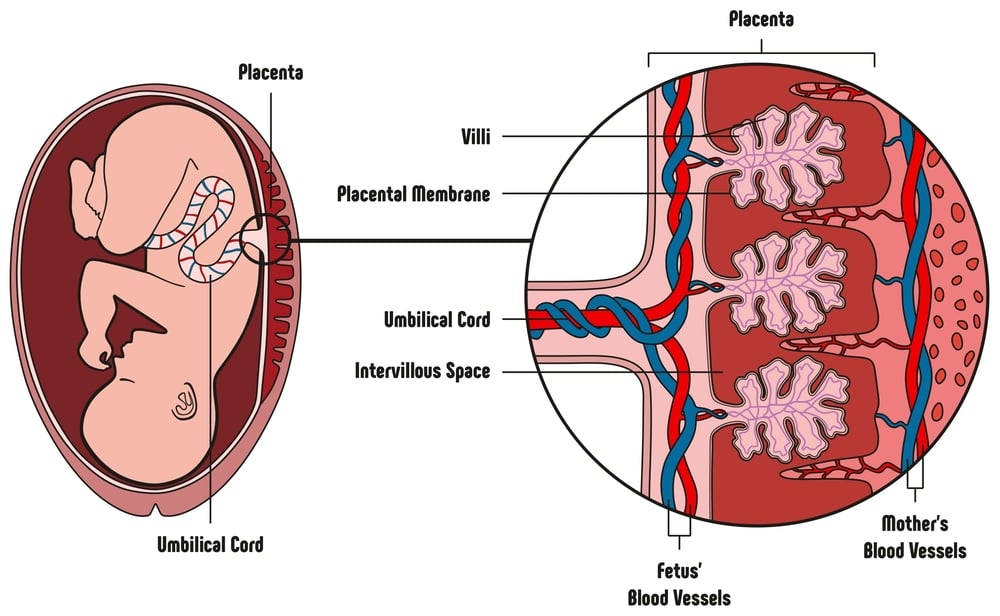
Other Functions Of The Placenta
The placenta also produces hormones, estrogen and progesterone. These are steroid hormones that are essential for maintaining pregnancy. They help maternal organs, especially the uterus, adapt to the growing demands of the fetus. Moreover, they help in proper growth and development of the fetus.
In addition, the placenta also provides immunity to the fetus by passing on antibodies from the mother’s bloodstream. This protects the vulnerable fetus, to a certain extent, from the risk of infections.
The Amniotic Fluid
Inside the womb, the developing baby floats in a clear, slightly yellowish liquid called amniotic fluid. Initially it is formed from maternal fluid, but is later replaced by fetal fluids, as the fetus inhales and excretes the amniotic fluid.
The fluid acts as a mechanical shock absorber and cushions the baby from injuries. It also insulates the fetus, keeping it warm by maintaining a particular temperature range. The fluid also contains antibodies to fight off infections!
As the baby floats in this fluid, it moves using its arms and legs. This allows its bones and muscles to begin developing properly. Moreover, as the baby swallows this fluid, the muscles of the digestive system also grow and develop.
To Sum It Up…
The fetus grows in a hollow, distensible organ called the uterus. A special tissue called the placenta provides the growing fetus with oxygen and nutrients from the mother’s bloodstream. This is delivered by the umbilical cord, which connects the placenta and the fetus. The cord also has a separate route to take away harmful, metabolic wastes. The placenta produces hormones that help maintain the pregnancy.
The fetus floats in a liquid called amniotic fluid. It acts as a mechanical shock absorber and insulator, while also containing antibodies to protect against infections.
Thus, the fetus has all its needs and demands covered, and is well on its way towards a healthy birth!
References (click to expand)
- Dutta D. C. (2015). DC Dutta's Textbook of Obstetrics. JP Medical Ltd
- Hall J. E.,& Hall M. E. (2020). Guyton and Hall Textbook of Medical Physiology. Elsevier
- Lind, T., Kendall, A., & Hytten, F. E. (1972, April). The Role Of The Fetus In The Formation Of Amniotic Fluid. BJOG: An International Journal of Obstetrics and Gynaecology. Wiley.


